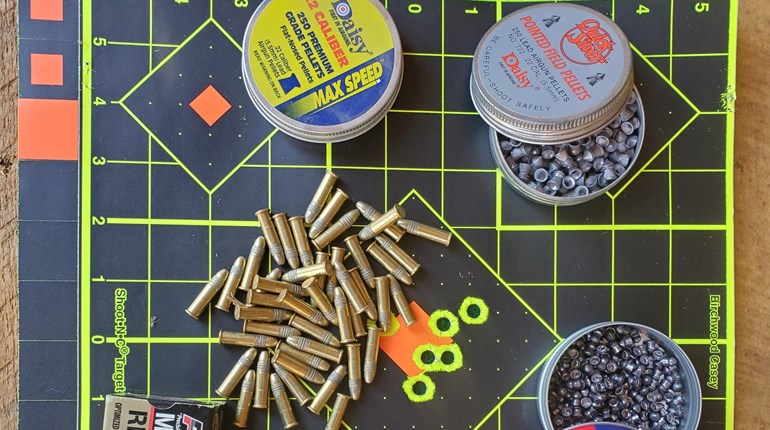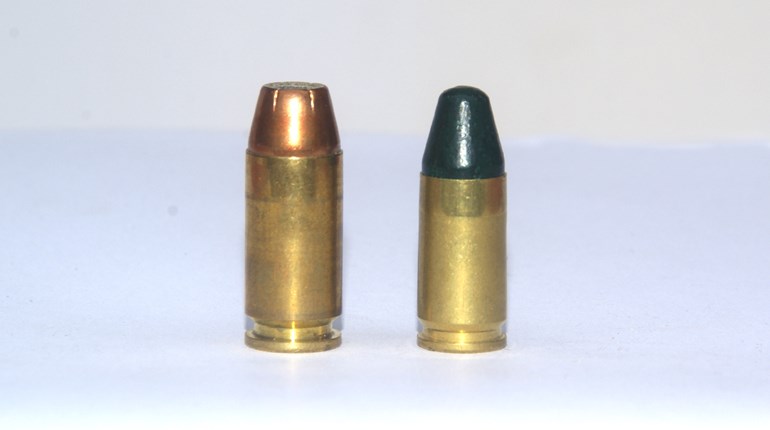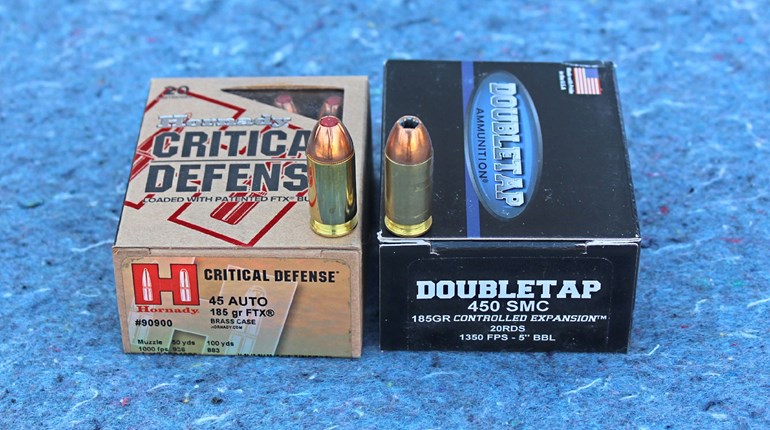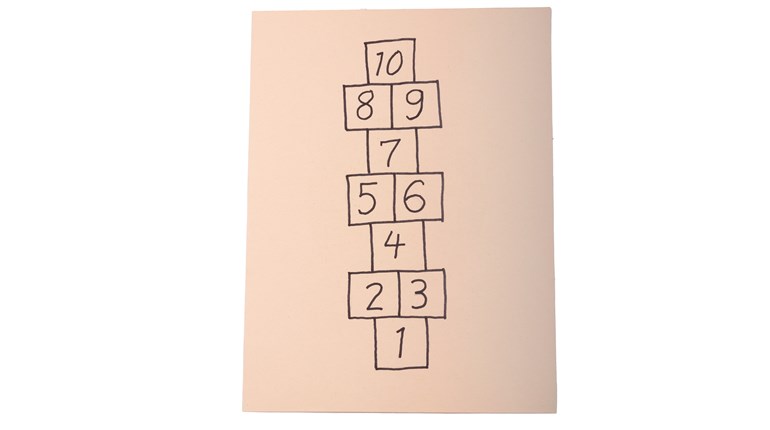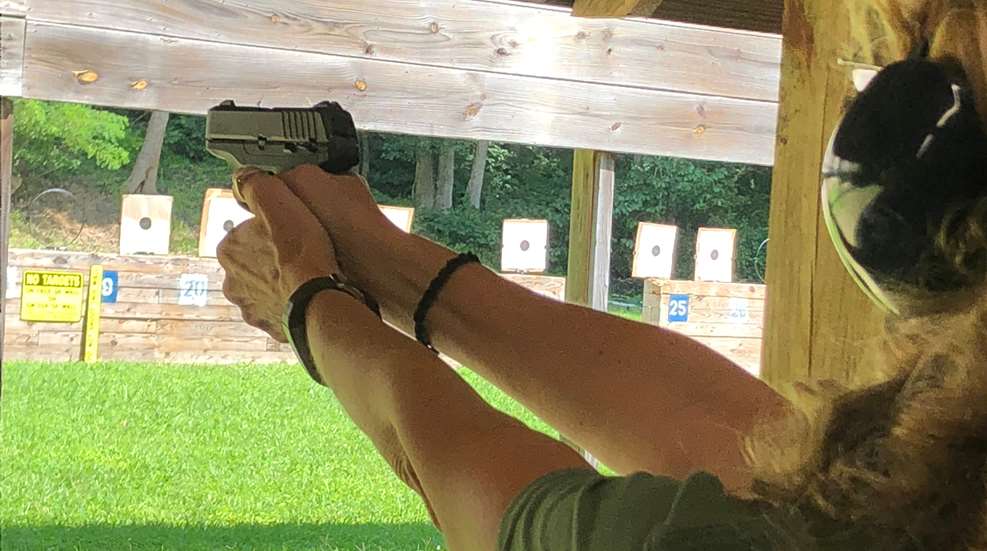
I was lucky enough to grow up in a family of hunters and outdoor enthusiasts. We grew up shooting BB guns and .22 rifles until we grew into shotguns and bolt-action rifles. But when I was bitten by the center-fire handgun bug during my college years, my family couldn't give me much guidance. Although they had nothing against handguns, they didn't have much use for them.
Thus, I headed out into the wilds of the mid 1990s handgun market on my own without the benefits of Internet resources or a mentor to guide me. While I had friends and acquaintances who fed me useful information along the way, I proceeded to make mistakes and learned some lessons the hard way. Looking back, I wish I’d had the following information when I started shooting handguns:
Shooting Principles Are Transferable—Shooting Skills Are Not
"Wow ... I thought I knew how to shoot," is something I've heard said out loud or expressed in the eyes of more than one friend who's bellied up to the bench with a handgun for the first time. Like me, they already had some (or extensive) trigger time under their belts with rifles and shotguns. As a result, they expected the experience of shooting a handgun to be the same if not quite similar. It has sights, a trigger and a barrel, just like a rifle. So what's the big deal?
All too often, folks inside and outside of the shooting community make the mistake of treating shooting principles and shooting skills as if they were the same thing. This is understandable because principles and skills are usually taught together side-by-side. To make things even more confusing, they are often presented under the same headings or bullet points. Although the distinction between the two may seem like splitting hairs to some, understanding the difference is important to the morale of an enthusiast who is trying a new platform for the first time.
A shooting principle is a broad concept or idea that's generally transferable, or applicable, to a variety of firearm configurations. Important principles include gun safety, forming a sight picture and trigger control. However, a shooting skill is the physical ability to successfully complete a given task. It involves training the mind and muscles to work together in a relatively specialized way that's not directly transferable to another platform. Instead, new skills must be learned each time the equipment changes.
Let's take trigger control. Is it a principle or a skill? It's both. The principle of trigger control is to apply a steady, consistent level of pressure with the trigger finger so as to avoid unintentionally shifting the muzzle of the gun off target. In other words, "Squeeze the trigger, don't jerk it." However, properly pressing the short 3-lb. single-stage trigger of a tuned AR-15 is physically different from cycling the long, heavy 12-lb. trigger of a double-action revolver. The principle, Squeeze-Don't Jerk, is the same for both trigger types but the skills are different. One trigger requires a gentle press over a short distance while the other calls for a firm pressure over a longer distance. Each trigger type has to be mastered separately.
Now consider transitioning your mind and muscles from a rifle to a handgun. Not only are the triggers different, you'll have to modify your stance, your grip on the gun, the sight systems are different, and so on. I'm not saying that learning to operate handguns is more difficult than mastering a long gun. However, the process of operating a handgun is different enough that you’ll feel like you have to go back to square one in some skill areas. This is true for everyone who moves over from one shooting platform to another. Be patient with yourself and embrace the learning process.
Trust What Your Hands Are Telling You
All new activities come with some level of physical discomfort at first. Anyone who has started a new exercise routine knows what I’m talking about. It takes some time to adjust. However, even the freshest handgun shooting enthusiast can tell if a particular pistol or revolver's grip shape is a good fit for their hands.
Some folks overthink handgun grips with a good deal of emphasis on materials, ergonomics and texturing. But grips are no different than athletic shoes. They have to snug up comfortably against tender flesh for repeated impulses of pressure experiences over a range of time. It's true that grips which feel comfortable when the gun is at rest in your hands may not feel as good once the shooting starts. However, if a grip feels like a poor fit for your mitts before pulling the trigger, then those negative qualities will only become exaggerated as more ammunition is fired. If you can imagine walking a mile in shoes that are too big or too small, then you already know how your hands are going to feel after firing a few boxes of ammunition.
It's also important to pay attention to the position of the external controls. As mentioned before, there will be a learning curve. But if the controls, are hard to maneuver, difficult to reach or easy to unintentionally bump because of your hand shape they're unlikely to feel or work better as time goes on. If possible, rent or borrow the guns you’re interested in and test fire them before making a purchase. It’s the best way to verify a good hand-to-grip fit.
Learning to Read Handgun Targets
I had been shooting handguns as a hobby for a couple of years when I finally coughed up the cash to attend a class taught by certified instructors. I was hitting my targets well enough for a mostly self-taught handgunner and I felt comfortable with the guns I was working with at the time. During a live fire session at the range, an instructor parked himself next to me to give me some pointers. He proceeded to do something that seemed like pure magic at the time because I hadn't seen anyone do it before.
For each shot that hit the paper outside of the central bullseye, he would make a little statement like, "You slapped the trigger," and "Hmm, pushed it," or "Too much trigger finger". These are subtle mistakes in technique that can't always be seen by watching the hands of the shooter. So, I asked him how he was identifying my mistakes so easily.
The instructor said that he was just reading the target. I didn't understand what he meant. He then went on to explain that handgun targets, regardless of their graphics, can be divided into zones. These zones radiate out from the center of the target much like the numbers on the face of a clock. If the bullet hits the bullseye, then your handgun technique is in order. If the bullet swerves off center, you can tell what mistake was made by looking at where the bullet landed.
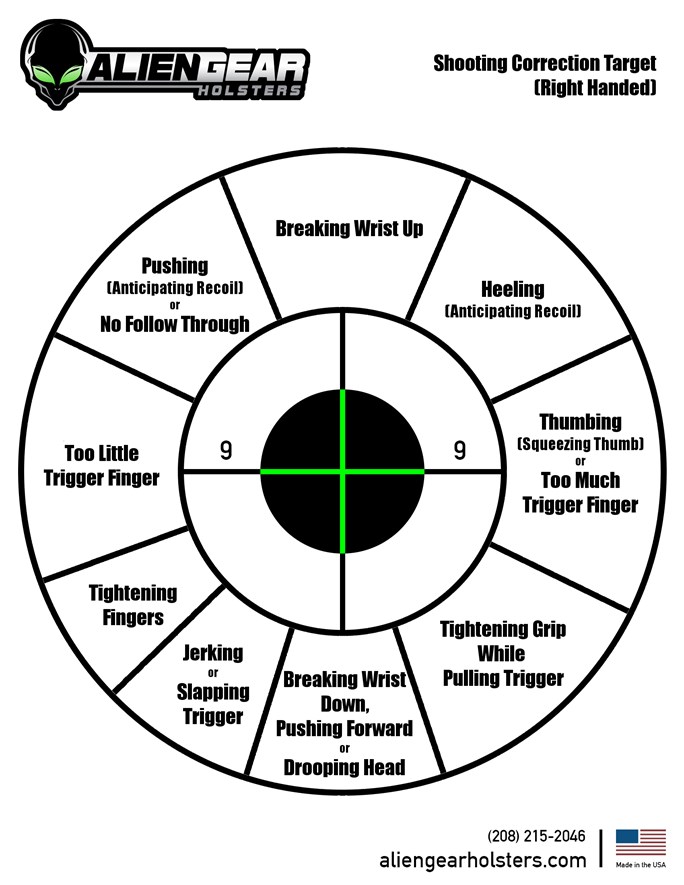
It used to be that you had to sort of draw a mental picture of the target zones. But today some companies, like Alien Gear Holsters, offer free printable targets that outline the zones for you so that you can get immediate feedback as to which shooting techniques need attention. I am grateful to patient instructors, especially this one, because he changed the course of my practice sessions for the better by saving me time, money and frustration with this information.
Targets: Up Close and Personal
We don't expect novice skiers to traverse a black diamond slope on their first day or someone who just took their first violin lesson to sit in with the New York Philharmonic. And yet, all too often, brand new handgun operators feel like they're expected to perform at levels well above and beyond their experience level. They belly up to the bench, the targets are rolled out to 15 or 25 yards by their associates and the discomfort begins.
Years ago, I saved up a sizable lump of dough for gear and fees so that I could attend a week long defensive handgun course conducted at one of the top training facilities in the country. I expected that the targets would be set so far away as to be mere specs on the horizon, because this was going to be a challenging course. Guess how far away the first target was: one yard. Just one yard! We weren't there for long. The targets soon moved out to 3-yards and we finished the day at 7 yards. The 15 and 25 yard targets came later in the week.
My point is this: Top firearm trainers recognize the importance of starting off slowly with targets set at shorter distances so that new students can focus on mastering proper technique and developing good habits. Some day you'll be ready to pick off a fly's wing at 100 paces with your trusty shootin' iron. But for now, work with target distances that help, instead of hinder, the learning process.
Recoil Is Mandatory (Suffering is Optional)
Newton's Third Law states that for every action, there is an equal and opposite reaction. When a handgun is fired, the bullet is shoved forward out of the barrel by the expanding gases produced when the powder in the cartridge is ignited. At the same time, an equal amount of force is pushing backwards against the handgun and the hands that are holding it. This rearward jerk is called recoil, and how the nerve endings in our hands respond to it is called felt recoil.
How much recoil, or measurable rearward force, is produced by a given handgun depends on a variety of factors. The size and weight of the bullets fired, the powder charge launching the bullet, the length of the barrel and the weight of the gun all play a role in how much it's going to kick. Felt recoil, meaning the physical experience a person has when a handgun is fired, is mostly subjective. I've seen some folks pound rounds out of hand cannons at a rate that would leave me begging for mercy. But there are guns I'm comfortable using that are considered downright painful to others.
It boils down to an individual's experience level, proper shooting technique and personal preference. We use our muscles to shoot, so they can be built up and strengthened to handle increased recoil. At the same time, technique makes a big difference when it comes to feeling in control and managing felt recoil. Some folks enjoy the challenge of working their way up from modest to intense levels of recoil while others are perfectly happy somewhere in the middle.
Everyone has their own way of describing felt recoil. My general-purpose scale includes Mild (the softest, .22 LR), Moderate (9 mm, .38 Spl.), Stout (.357 Mag, .45 ACP), Intense (.454 Casull), and Painful (cracks the pistol's grip). Not everyone would agree with this scale. Some would move 9 mm up a notch while others would move .454 Casull down the scale. The key is knowing where you are on your personal recoil scale and working with the guns that will encourage you to grow instead of driving you away from the sport. If you have any medical issues or injuries that could be exasperated by participation in shooting sports, then be sure to consult a physician before heading out to the range.
A good piece of advice from training experts is for brand new hand gunners to start with mild or moderate levels of felt recoil before moving up to more stout models. Too much recoil too soon can lead to developing a flinch, caused by anticipating recoil, that will hurt down-range accuracy. Less recoil allows enthusiasts to focus on technique and to start building up their muscles before moving on to models that launch bigger bullets.












